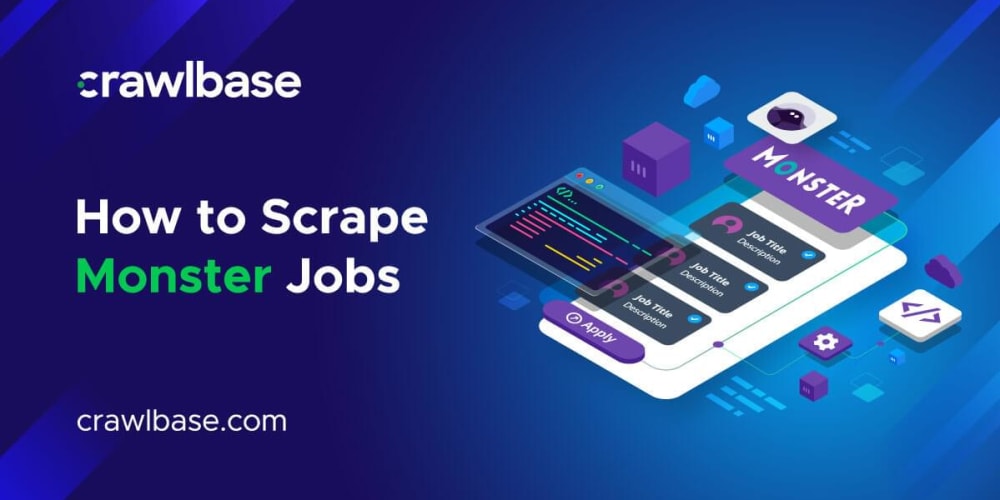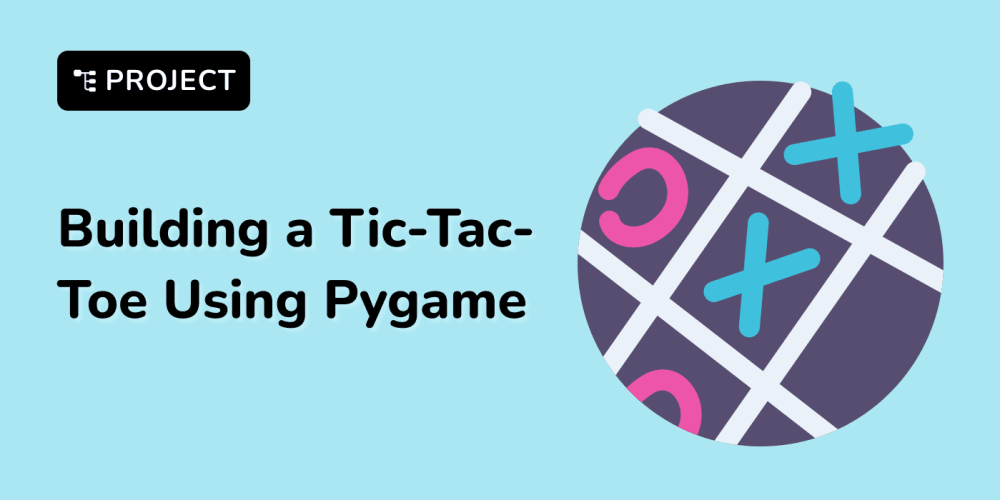In today's digital era, businesses are constantly seeking ways to improve their content management and delivery. This has led to a shift from traditional Content Management Systems (CMS) to headless CMS solutions like Contentful.
First, let’s Understand,
Traditional CMS vs. headless CMS:
Traditional CMS:
- All-in-one solution (content management, storage, and presentation)
- Tightly coupled front-end and back-end
- Limited flexibility in content delivery
Headless CMS:
- Separates content management from presentation
- Content delivered via APIs
- Greater flexibility in front-end design and multi-channel publishing
So, traditional CMS bundles content and presentation; headless CMS separates them for flexible content delivery.
Why consider Contentful:
- Flexibility: Easily deliver content to multiple platforms (web, mobile, IoT)
- Scalability: Better performance and ability to handle high traffic
- Developer-friendly: Uses modern tech stack and provides robust APIs
- Future-proof: Adaptable to new technologies and channels
- Improved workflow: Better collaboration between content creators and developers
Contentful is particularly well-suited for:
Businesses with multi-channel content needs, large-scale digital platforms, e-commerce sites, and organizations looking for a flexible, scalable content solution that can grow with their evolving digital strategy.
Migration Process:
Assessment of the current system:
- Analyze existing content structure and types
- Identify content relationships and dependencies
Planning the migration:
- Define new content model in Contentful
- Choose a migration approach (manual or automated)
- Determine necessary integrations and API requirements
A thorough understanding of your current system and careful planning are crucial for a smooth migration to Contentful.
Challenges in Migration:
- Content Structure and Modeling: Adapting existing content to Contentful’s flexible model while ensuring scalability.
- Data Migration: Accurately transferring large volumes of content and media assets.
- Integration with Existing Systems: Connecting Contentful with current tech stack and adapting workflows.
- Learning Curve for Team Members: Training staff on new interfaces, workflows, and development practices.
- SEO Considerations: Maintaining SEO performance during the transition to a headless architecture.
- Performance Optimization: Ensuring efficient content delivery and fast load times across all platforms.
Solutions and Best Practices
Content Modeling in Contentful
- Create flexible content types adaptable to various channels
- Utilize references and relationships for content reusability
- Implement a modular approach for scalable content architecture
Data Migration Strategies
- Evaluate manual vs. automated migration based on content volume
- Leverage Contentful’s import/export tools for bulk transfers
API Integration and Development
- Familiarize with Contentful’s RESTful and GraphQL APIs
- Implement content preview and staging environments
- Integrate seamlessly with popular front-end frameworks (React, Vue, etc.)
SEO Optimization in Headless Architecture
- Implement robust metadata management within Contentful
- Maintain consistent URL structures and set up proper redirects
- Utilize Contentful’s built-in SEO fields for optimized content delivery
Improving Performance
- Implement Content Delivery Networks (CDNs) for faster global access
- Utilize Contentful’s Image API for optimized media delivery
- Develop efficient caching strategies at both API and application levels
Post-Migration Considerations
Monitoring and Analytics
Implement robust performance tracking to monitor API response times and content delivery speeds. Set up error logging and real-time alerts for quick issue resolution. Utilize Contentful’s built-in analytics and integrate with third-party tools to gain comprehensive insights into content effectiveness and user engagement.
Continuous Improvement and Optimization
Conduct regular content audits to review structure and identify optimization opportunities. Refine workflows based on team feedback and usage patterns. Stay updated with new Contentful features, implementing relevant updates to enhance operations. Continuously optimize performance by reviewing API calls and caching strategies. Plan for scalability by anticipating future content needs and adjusting models and integrations as the business evolves.
Headless CMS – Which one do you prefer?
Strapi vs. Contentful vs. Sanity!
Based on its Customization, Setup time, and Price, let’s check!
Customization:
Strapi: Highly customizable, open-source with a plugin system. Sanity: Flexible schema, custom React components. Contentful: Good options, less flexible than others.
Setup time:
Strapi: Moderate, some technical knowledge required. Sanity: Quick setup, more time for advanced features. Contentful: Fast and user-friendly.
Price:

Strapi: Free self-hosted, cloud from $9/month Sanity: Free tier, paid from $99/month Contentful: Free tier, paid from $489/month
Each CMS has its strengths, and the best choice depends on your specific needs and technical expertise. Strapi offers the most customization but requires more setup time, Contentful is user-friendly but more expensive, and Sanity provides a good balance of customization and ease of use.
Traditional to Headless: Success Stories
Nike
- Before: Multiple content systems, slow updates across global sites
- After: Unified content hub with Contentful
- Impact: 2x faster time-to-market, improved global brand consistency
Spotify:
- Before: Rigid CMS limiting global content scalability
- After: Flexible, localized content management with Contentful
- Impact: 300% faster time-to-market for content updates, easier global expansion
Atlassian:
- Before: Multiple CMSs across products, inconsistent user experience
- After: Centralized content management with Contentful
- Impact: 10x faster content updates, unified brand experience across products
References:
https://www.contentful.com/case-studies/
These examples demonstrate how transitioning to a headless CMS like Contentful has enabled companies to significantly improve their content operations, resulting in faster delivery, improved scalability, and enhanced user experiences across various industries.
You Don’t Need to Migrate If!
- Your current CMS fully meets your needs: If your existing system efficiently handles your content requirements and provides satisfactory performance, migration may be unnecessary.
- You have a simple, static website: For basic websites with infrequent updates, a traditional CMS or even static HTML might be sufficient.
- Budget constraints are significant: If the cost of migration and potential retraining outweighs the benefits, it might not be the right time to migrate.
- Your content doesn’t need to be distributed across multiple platforms: If you’re only publishing to a single platform, the flexibility of a headless CMS might be overkill.
- You don’t anticipate significant growth or changes in your content strategy: If your content needs are stable and you don’t foresee major changes, your current system might continue to serve you well.
So, while Contentful and other headless CMS solutions offer numerous benefits, they’re not always the right choice for every organization. It’s crucial to carefully evaluate your current needs, resources, and future goals before deciding to migrate. Sometimes, staying with your existing CMS can be the most practical and cost-effective solution.
Final Words:
Migrating to a headless CMS like Contentful can bring significant advantages, including improved flexibility, faster time-to-market, and better scalability. However, it’s crucial to assess your specific needs and capabilities before making this decision.
For those who choose to migrate, Contentful has proven to be a powerful solution, as demonstrated by the success stories of numerous well-known brands.
Ultimately, the goal is to find the content management solution that best enables your team to create and deliver exceptional digital experiences. As the digital landscape evolves, staying adaptable in your approach will be key to long-term success.





















